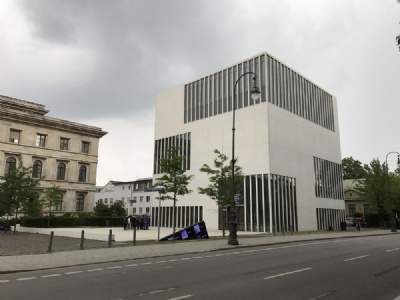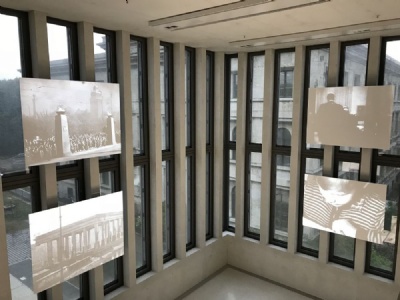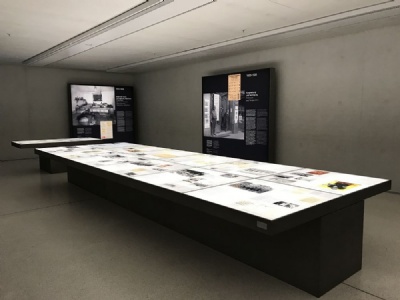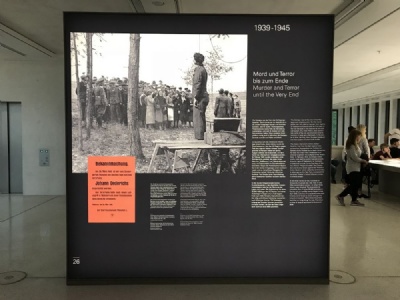München – Brown House
When the Nazi party grew in strength in 1930, their party headquarters on Schellingstrasse 50 in Munich became too small. With financial support from the entrepreneur, Fritz Thyssen, the Barlow Palace was purchased at Brienner Strasse 34, next to Königsplatz. The Palace was renovated and became the Nazi party headquarters between 1931 and 1945. The new party headquarters was called Braune Haus (Brown House) after the color of the shirts worn by the SA troops. Beside Hitler, Rudolf Hess, Hermann Goering, Josef Goebbels, Heinrich Himmler, also had studies in the Palace. In addition to decorative study rooms, there were also rooms and halls with Nazi relics such as the blood flag worn during the Nazi coup attempt in November 1923. In the basement there was a prison where political opponents were brought in the early years. In 1937, the party headquarters officially moved to the new Führerbau on Arcisstrasse but the Brown House continued to be an important site for the Nazis. The Palace was damaged during an allied bombing in October 1943. In the final days of war it was more or less destroyed after a new bombing. The ruins of the Brown House were demolished in 1947 when other buildings in the area with strong Nazi symbolism were demolished.
Current status: Demolished with museum (2018).
Address: Max-Mannheimer-Platz 1, 80333 München.
Get there: Metro to Königsplatz Station.
Follow up in books: Kershaw, Ian: Hitler – A Biography (2008).




In 2006 excavations were made of the basement and it was discussed whether it would become part of the planned museum. Unfortunately, they chose a different path and the basement was filled up. This was a shame because the current museum that opened in 2015 feels sterile. A preservation of the basement had contributed with an authenticity that would have made the museum much more interresting. The museum focuses on the relationship between Nazism and Munich. A relationship that according to Nazi propaganda was mutual and the city is also portrayed as the cradle of Nazism. But Munich was probably not as Nazi as the Nazis portrayed it. In reality, the city was probably more important for the Nazis than the Nazis were for the city.